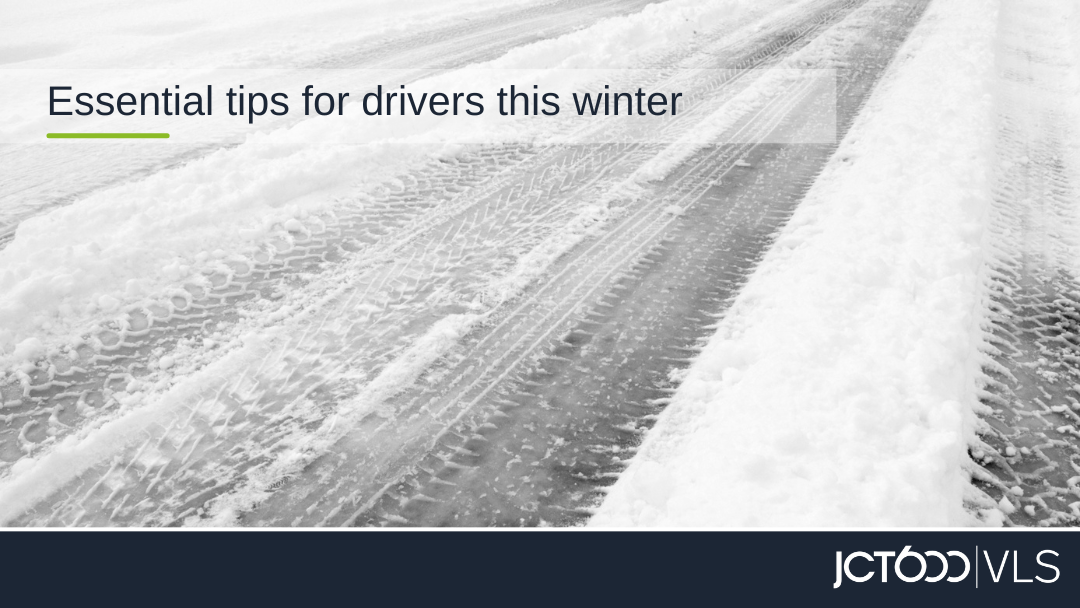As winter approaches, preparing your vehicle for colder conditions can make all the difference in staying safe on the road. Here’s our essential winter driving tips to keep you and your vehicle safe this season.
1. Prepare your EV for colder weather
For electric vehicle (EV) drivers, there are a few specific precautions you need to consider to maximise performance in the colder months. EVs handle colder conditions differently to internal combustion engine (ICE) vehicles, so understanding what to expect can help you stay prepared. In lower temperatures, an EV’s battery range can reduce by 10-20% due to the energy demands of heating the cabin and the impact of cold on battery efficiency. Following these quick tips can help to optimise range and performance:
- Precondition: Warming up your car while it’s still plugged in can help save battery power for your journey. Most modern EVs have a preconditioning feature that heats the battery and cabin before you hit the road.
- Stay charged: It’s best to maintain your charge above 20% to avoid battery strain in freezing temperatures. Public charging stations are essential, but remember to charge in well-lit, safe locations, especially if service areas may be closed in winter.
For more detailed tips on EV winter performance, check out our blog post HERE.
2. Essential winter safety items
Regardless of whether you’re driving an EV or ICE vehicle, winter calls for extra caution on the road. Consider putting together a winter driving kit to stay prepared for emergencies. The RAC’s winter breakdown kit checklist includes essentials such as an ice scraper, blankets, a torch, a first-aid kit, and extra battery packs for phones. Keeping a pack of these essentials could be invaluable if you find yourself stranded or dealing with car troubles in cold weather.
3. Check your tyres and maintain stopping distance
Winter driving conditions can be unpredictable, so it’s important to ensure your tyres are ready for the season. Cold weather can affect tyre pressure and traction, which impacts stopping distances on wet or icy roads. Regularly checking your tyre tread depth and pressure is essential. For those facing frequent icy or snowy conditions, cross-climate tyres might be a worthwhile investment, as they are designed to maintain grip in temperatures below 7°C. To learn more, see Kwik Fit’s guide on winter tyres and stopping distances.
4. Prepare for weather hazards
Winter weather can bring a mix of rain, snow, ice and fog. Adjust your driving habits by increasing following distance and reducing speed in poor visibility. National Highways has excellent resources on driving safely in rain and navigating snow and ice, which provide specific advice for each type of weather.
By taking these simple precautions, you can ensure that winter driving is as safe and hassle-free as possible. Remember, a well-prepared vehicle makes every journey more secure, whether you’re driving an EV or ICE car.
For a complete winter driving checklist, download our Winter Driving Guide.

